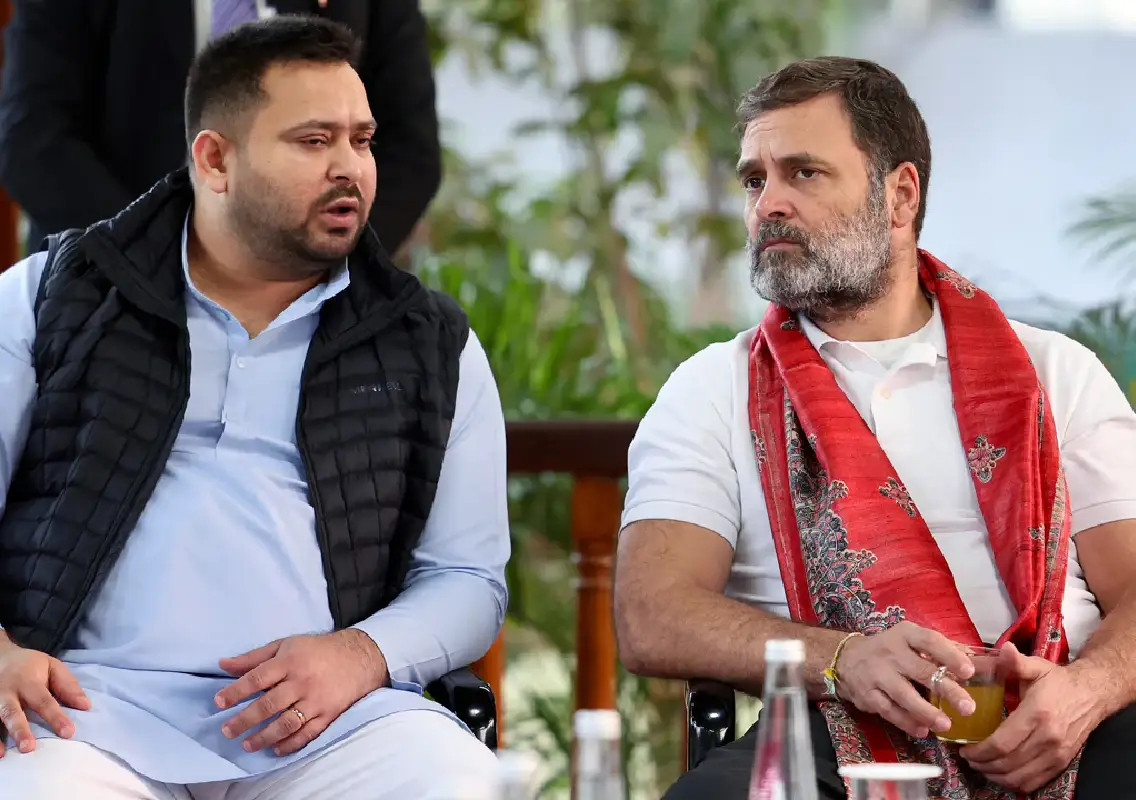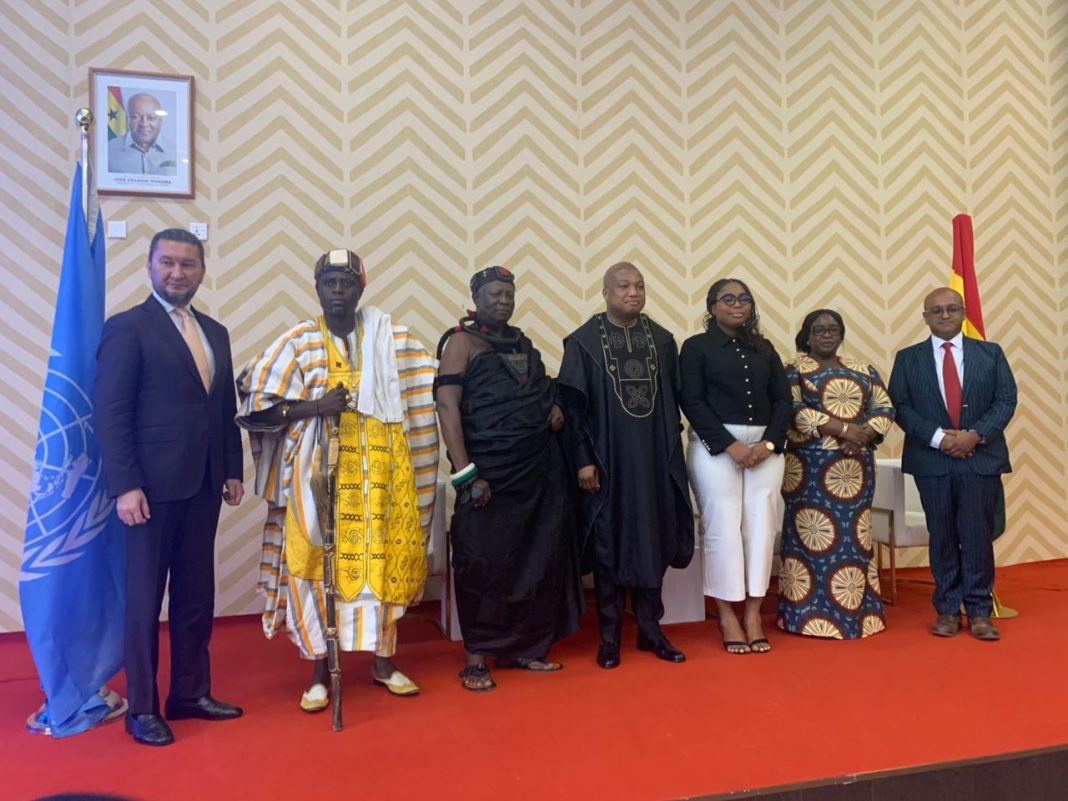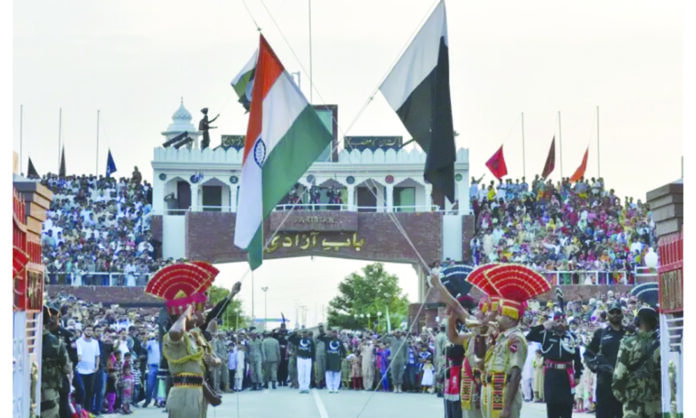Copyright newskarnataka

Campaign heat in Bihar intensified this week after Congress leader Rahul Gandhi told a rally that Prime Minister Narendra Modi could “even dance for a vote.” The statement, intended as a critique of spectacle-driven politics, gained additional layers of meaning amid the state’s shifting alliance equations. Just days before, RJD leader Tejashwi Yadav had gone viral for dancing with local youth during an outreach event. And when Rahul linked the Prime Minister to the Ambani family, observers noted that the Lalu Yadav family had also attended the same wedding celebrations.While the barb was aimed at PM Modi, the undertone appeared to ripple through the INDIA bloc, revealing the alliance’s underlying contradictions. Alliance contradictions surface again The Congress and Rashtriya Janata Dal (RJD) share the stage in Bihar today, but their political journeys were forged in opposition.In the 1985 Bihar Assembly election, Congress was the state’s dominant force, winning 196 of 324 seats with nearly 39 per cent of the vote share.However, the Mandal era in the 1990s transformed the political landscape. The rise of Lalu Prasad Yadav and his consolidation of OBC politics redefined caste alignments and regional loyalties. By 1990, Congress had collapsed to 71 seats, while Lalu’s Janata Dal swept to power.When he later formed the RJD in 1997, the shift became permanent — RJD inherited Congress’s Yadav–Muslim base, organisational networks and district nodes. By the 2020 Assembly polls, RJD had emerged as the single largest party with 75 seats, while Congress was reduced to 19, struggling even in its traditional bastions. Rahul’s line carried layered messaging Rahul Gandhi’s rhetoric targeted BJP’s performative politics, casting Modi as a leader driven by image and corporate alliances.But it also appeared to signal a subtle differentiation from the RJD — aimed at urban, youth, and minority voters, where Congress hopes to rebuild its independent base. In this context, Tejashwi’s dance clip became a visual contrast, and the Ambani reference inadvertently brushed against RJD, since both families were seen at the same event.The result was political shading — an attack outward that simultaneously cast a measured shadow inward within the alliance. Seat-sharing talks highlight tension The latest seat-sharing negotiations between RJD and Congress ahead of the Bihar polls were marked by prolonged friction.RJD, backed by a larger cadre base, argued that Congress should contest fewer seats than it did in 2020. Congress, citing Rahul Gandhi’s national visibility and recent campaign traction, pushed for more. The disagreement spilled into public view as Congress leaders accused RJD of treating them as dispensable, while RJD countered that Congress lacked ground strength to justify its claims.The resulting delays in candidate announcements and last-minute swaps left smaller allies squeezed — signalling that the partnership is driven more by necessity than ideology. A pattern seen across the INDIA bloc The Bihar tension reflects a familiar story within the INDIA alliance, where many of Congress’s partners originally rose by eroding its own base. In Uttar Pradesh, Mulayam Singh Yadav’s Samajwadi Party (SP) consolidated OBC and Muslim voters who once backed Congress. In West Bengal, Mamata Banerjee’s Trinamool Congress (TMC), formed in 1998, absorbed Congress’s networks and replaced it as the state’s primary opposition. In Maharashtra, Sharad Pawar’s NCP, established in 1999, drew away Congress’s cooperative and rural power bases. These parties did not merely coexist with Congress; they expanded by displacing it in regions once defined by Congress dominance. Congress seeks relevance amid uneasy alliance In Bihar, the contest is not only against the BJP-led National Democratic Alliance (NDA) but also about positioning within the INDIA bloc.RJD aims to retain primacy, while Congress seeks to prove it is more than a junior partner. Rahul Gandhi’s “dance for a vote” remark thus operated on two levels: Outwardly, it was an attack on Modi’s persona politics. Internally, it was a reminder to Bihar’s electorate that Congress remains a claimant for leadership, not merely a supporting act. The INDIA bloc may project unity, but in Bihar — as history shows — the real contest is about who stands taller on the same stage



